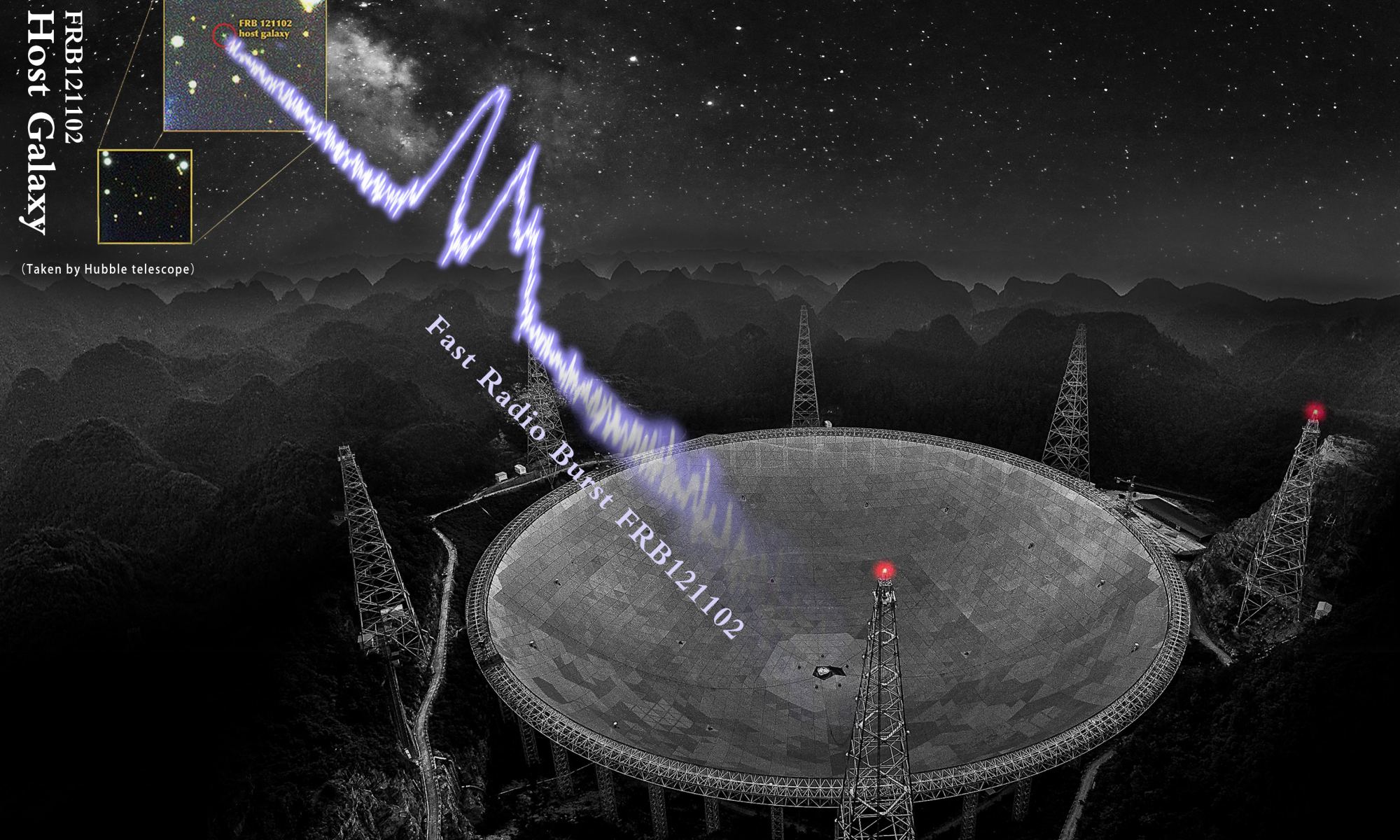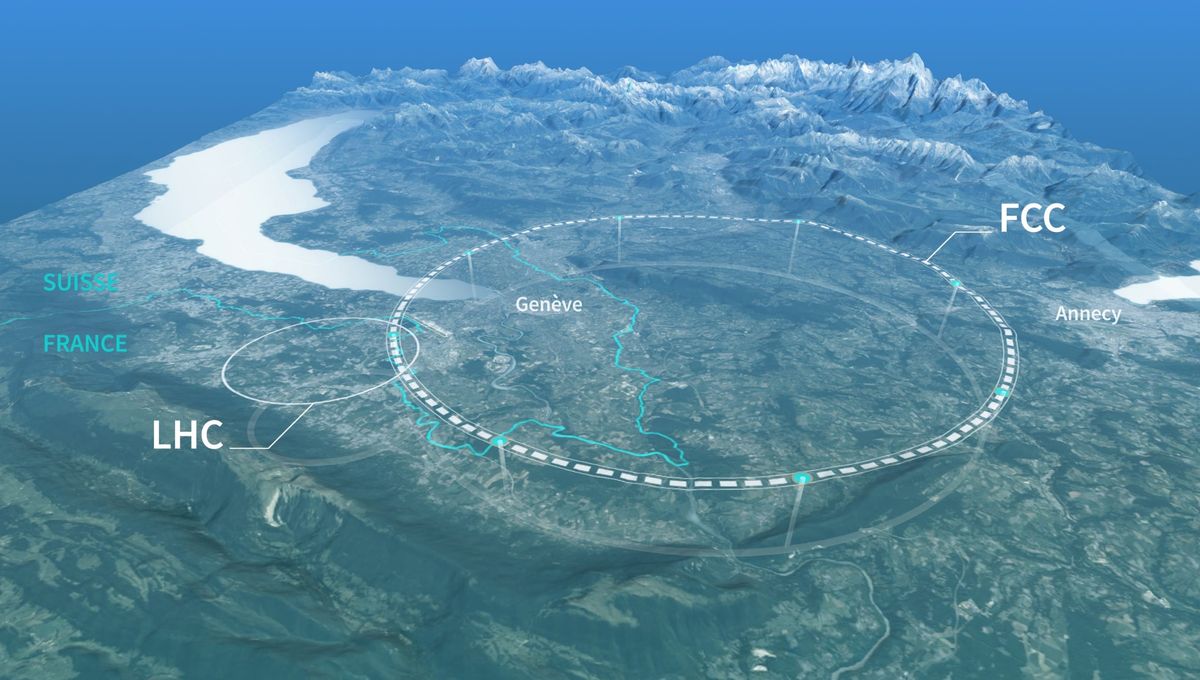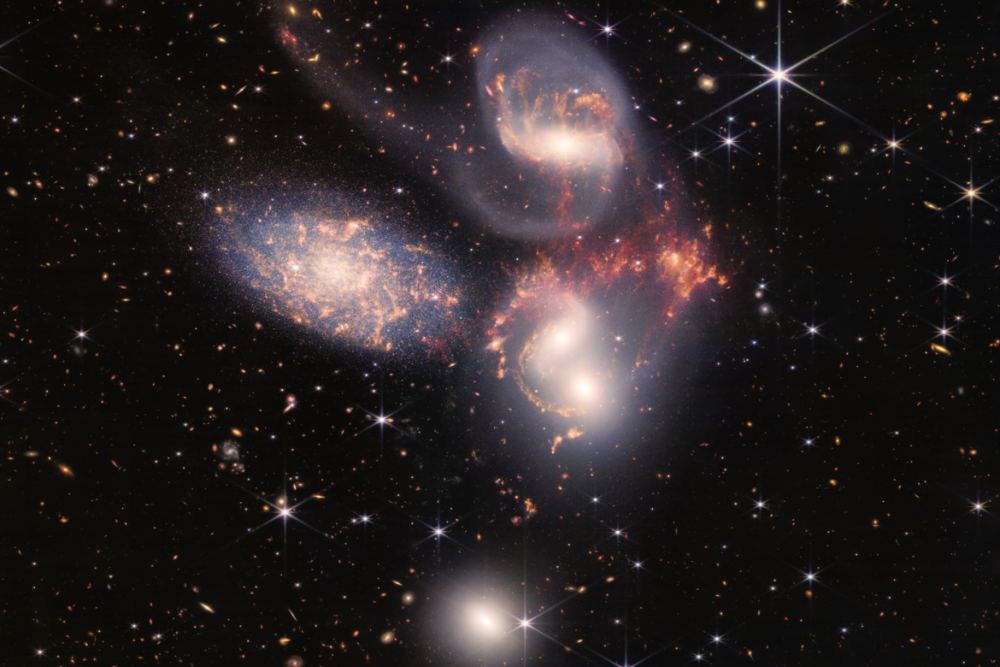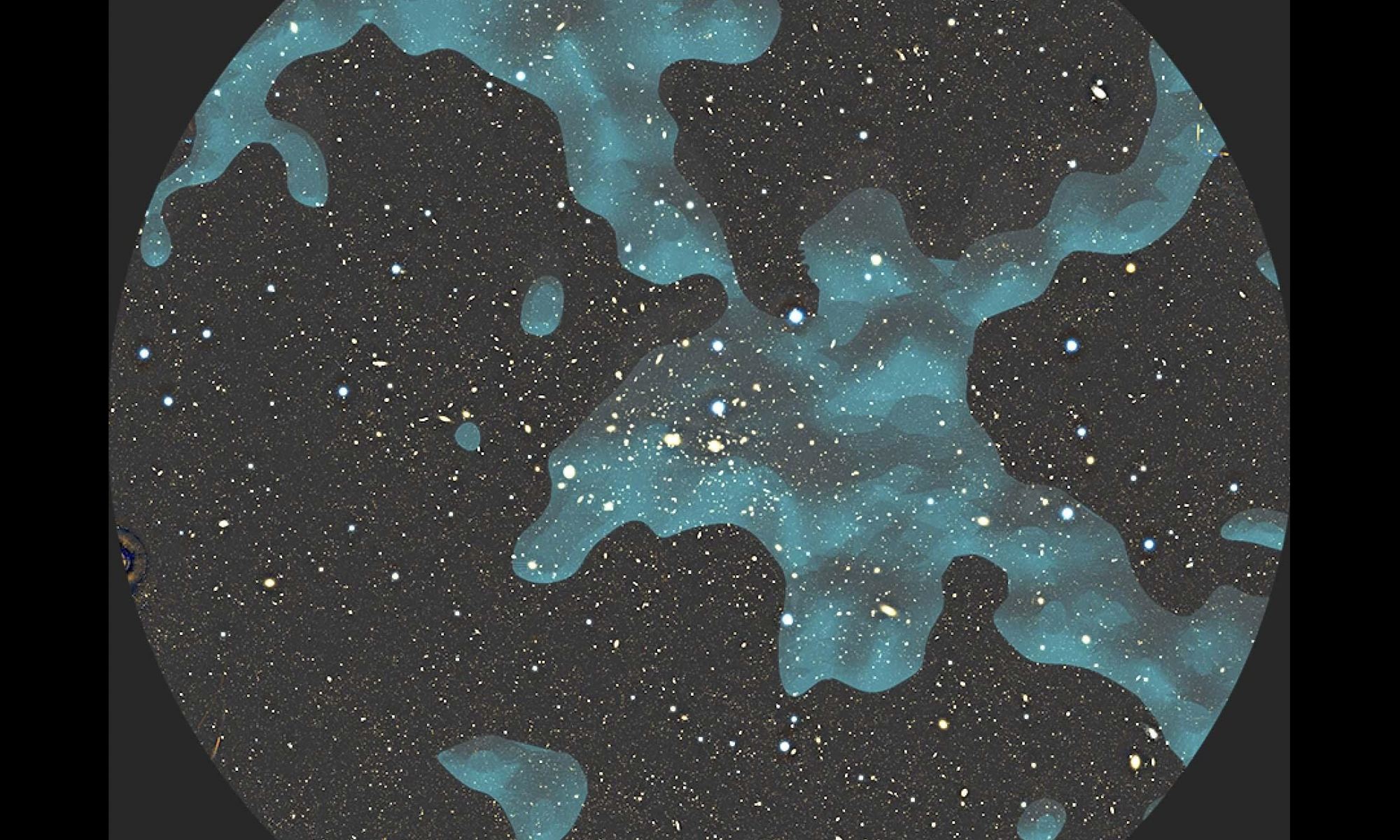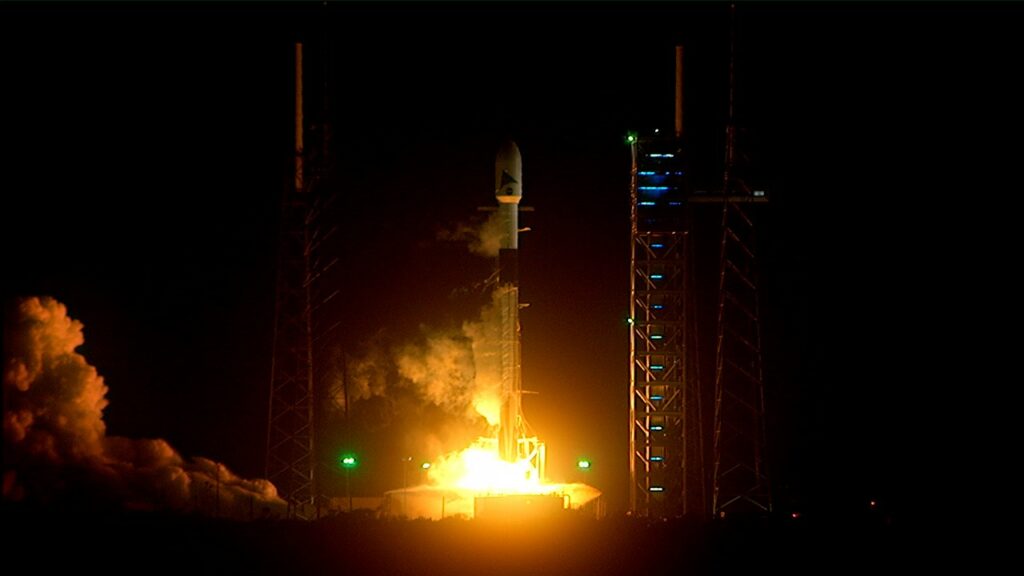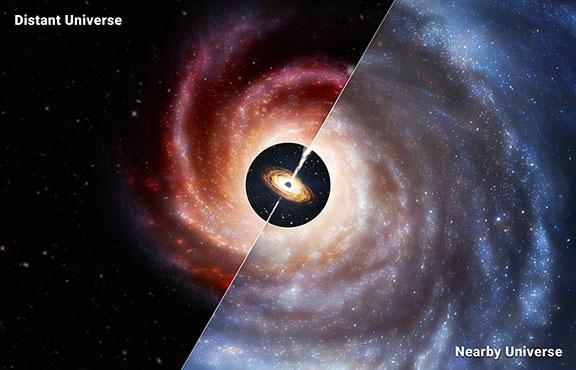Now and then there is a bright radio flash somewhere in the sky. It can last anywhere from a few milliseconds to a few seconds. They appear somewhat at random, and we still aren’t sure what they are. We call them fast radio bursts (FRBs). Right now the leading theory is that they are caused by highly magnetic neutron stars known as magnetars. With observatories such as CHIME we are now able to see lots of them, which could give astronomers a new way to measure the rate of cosmic expansion.
Continue reading “Measuring Distances in the Universe With Fast Radio Bursts”CERN Wants to Build an Enormous New Atom Smasher: the Future Circular Collider
One of my favourite science and engineering facts is that an underground river was frozen to enable the Large Hadron Collider (LHC) to be built! On its completion, it helped to complete the proverbial jigsaw of the Standard Model with is last piece, the Higgs Boson. But that’s about as far as it has got with no other exciting leaps forward in uniting gravity and quantum physics. Plans are now afoot to build a new collider that will be three times longer than the LHC and it will be capable of smashing particles together with significantly more energy.
Continue reading “CERN Wants to Build an Enormous New Atom Smasher: the Future Circular Collider”Webb Can Directly Test One Theory for Dark Matter
What is it about galaxies and dark matter? Most, if not all galaxies are surrounded by halos of this mysterious, unknown, but ubiquitous material. And, it also played a role in galaxy formation. The nature of that role is something astronomers are still figuring out. Today, they’re searching the infant Universe, looking for the tiniest, brightest galaxies. That’s because they could help tell the tale of dark matter’s role in galactic creation.
Continue reading “Webb Can Directly Test One Theory for Dark Matter”“Seeing” the Dark Matter Web That Surrounds the Coma Cluster
According to our predominant cosmological models, Dark Matter makes up the majority of mass in the Universe (roughly 85%). While it is not detectable in visible light, its influence can be seen based on how it causes matter to form large-scale structures in our Universe. Based on ongoing observations, astronomers have determined that Dark Matter structures are filamentary, consisting of long, thin strands. For the first time, using the Subaru Telescope, a team of astronomers directly detected Dark Matter filaments in a massive galaxy cluster, providing new evidence to test theories about the evolution of the Universe.
Continue reading ““Seeing” the Dark Matter Web That Surrounds the Coma Cluster”NASA Launches a New Mission to Study the Effects of Climate Change
NASA’s Plankton, Aerosol, Climate, ocean Ecosystem (PACE) satellite successfully launched and reached on Thursday, February 10th. The mission took off from Space Launch Complex 40 at Cape Canaveral Space Force Station in Florida, at 1:33 am EST 10:33 pm (PST) atop a SpaceX Falcon 9 rocket. About five minutes after launch, NASA confirmed that ground stations on Earth had acquired a signal from the satellite and were receiving data on its operational status and capabilities post-launch. For the next three years, the mission will monitor Earth’s ocean and atmosphere and study the effects of climate change.
Continue reading “NASA Launches a New Mission to Study the Effects of Climate Change”The Event Horizon Telescope Zooms in on a Black Hole's Jet
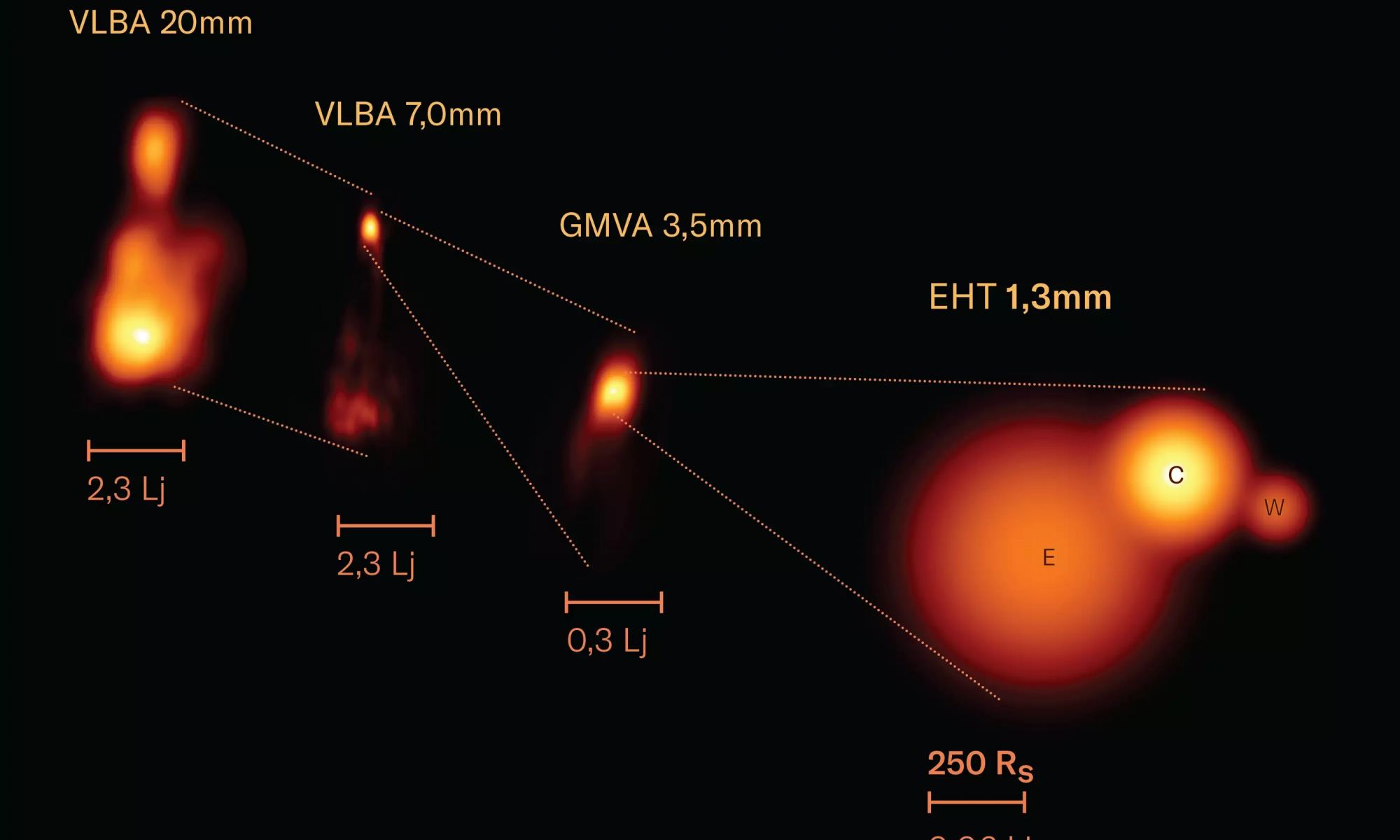
Although supermassive black holes are common throughout the Universe, we don’t have many direct images of them. The problem is that while they can have a mass of millions or billions of stars, even the nearest supermassive black holes have tiny apparent sizes. The only direct images we have are those of M87* and Sag A*, and it took a virtual telescope the size of Earth to capture them. But we are still in the early days of the Event Horizon Telescope (EHT), and improvements are being made to the virtual telescope all the time. Which means we are starting to look at more supermassive black holes.
Continue reading “The Event Horizon Telescope Zooms in on a Black Hole's Jet”Fragments From That Asteroid That Exploded Above Berlin Have Been Recovered and They're Really Special
On January 21st, 2024, a meter-sized asteroid (2024 BX1) entered Earth’s atmosphere and exploded over Berlin at 12:33 am UTC (07:45 pm EST; 04:33 pm PST). Before it reached Earth, 2024 BX1 was a Near-Earth Asteroid (NEA) with an orbit that suggests it was part of the Apollo group. The fragments have since been located by a team of scientists from the Freie Universität Berlin, the Museum für Naturkunde (MfN), the German Aerospace Center (DLR), the Technische Universität Berlin, and the SETI Institute and identified as a rare type of asteroid known as “aubrites.”
Continue reading “Fragments From That Asteroid That Exploded Above Berlin Have Been Recovered and They're Really Special”The Early Universe Had Small Galaxies with Oversized Black Holes
When doing the marketing for the James Webb Space Telescope (JWST), NASA and the other telescope contributors liked to point out how it would open up the early universe to scrutiny. They weren’t exaggerating, and now scientific studies are starting to proliferate that show why. A new study published by authors from Harvard, the University of Arizona, and the University of Cambridge used three surveys produced by the JWST to analyze the supermassive black holes at the center of early galaxies. And they found they were much different than the one at the center of our own, at least in terms of relative size.
Continue reading “The Early Universe Had Small Galaxies with Oversized Black Holes”Hubble Sees a Bridge of Stars Connecting Two Galaxies
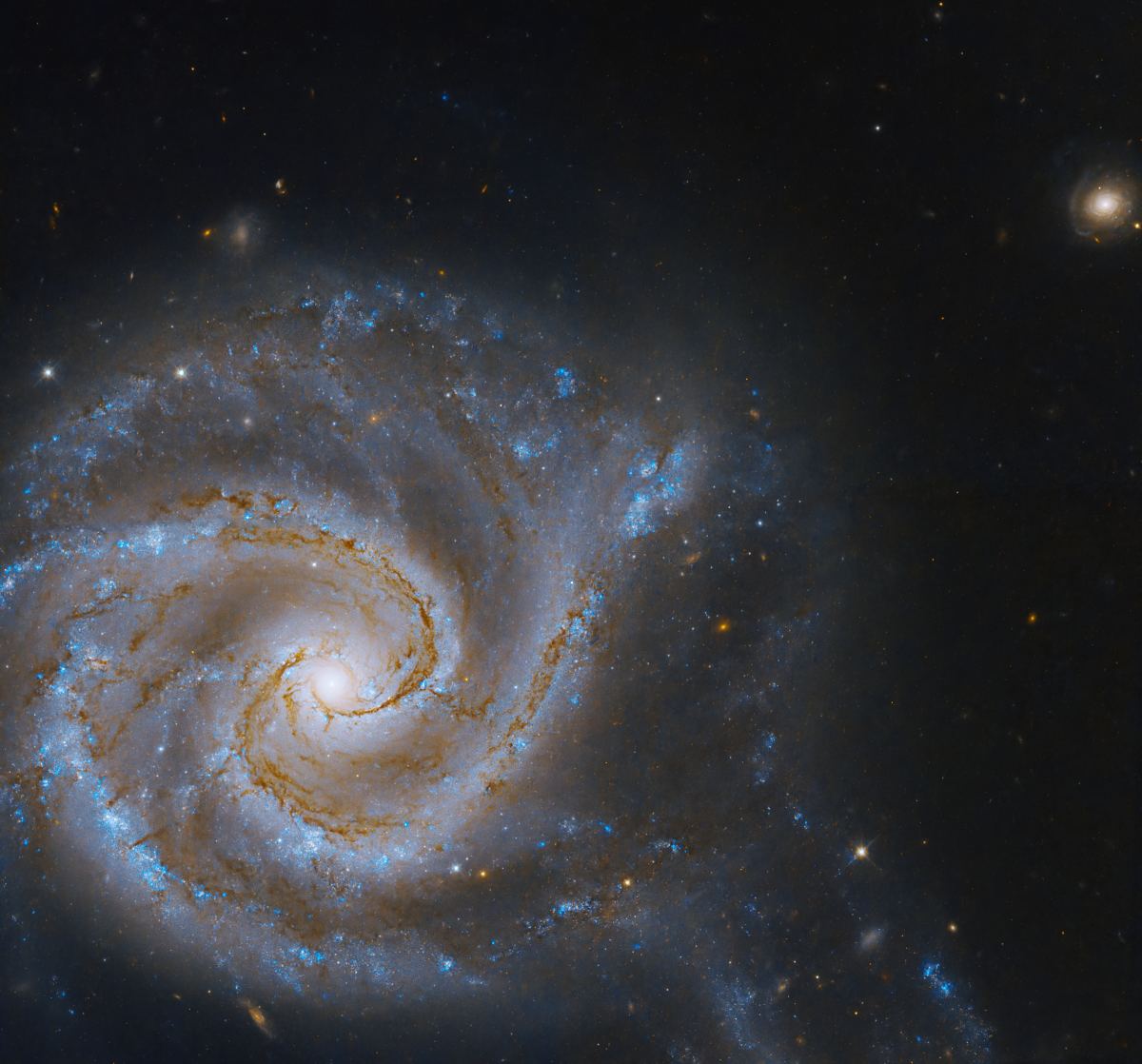
The poetic-minded among us like to point out how Nature is a dance. If they’re right, then galaxies sometimes form unwieldy pairs. With the Hubble Space Telescope, we can spot some of these galactic pairs as they approach one another.
Continue reading “Hubble Sees a Bridge of Stars Connecting Two Galaxies”NASA’s JPL Lays Off Hundreds of Workers
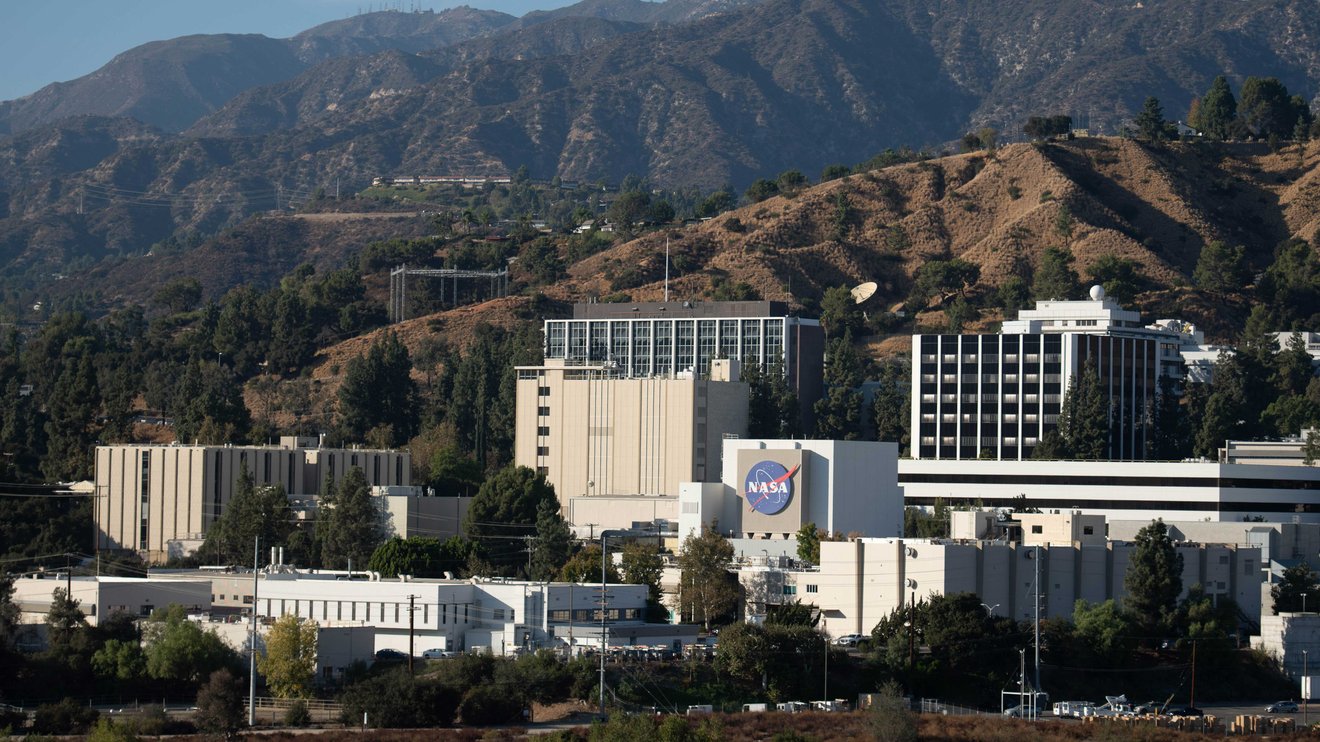
In a disheartening turn of events, NASA’s Jet Propulsion Laboratory has announced that it’s laying off about 8% of its workforce. That means that about 530 JPL employees will be let go, along with about 40 employees of the Lab’s contractors. That sucks for the people being let go, but the bigger concern for the rest of us is what will happen to upcoming missions like Mars Sample Return (MSR)?
Continue reading “NASA’s JPL Lays Off Hundreds of Workers”
